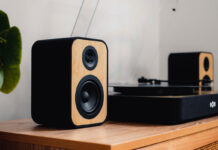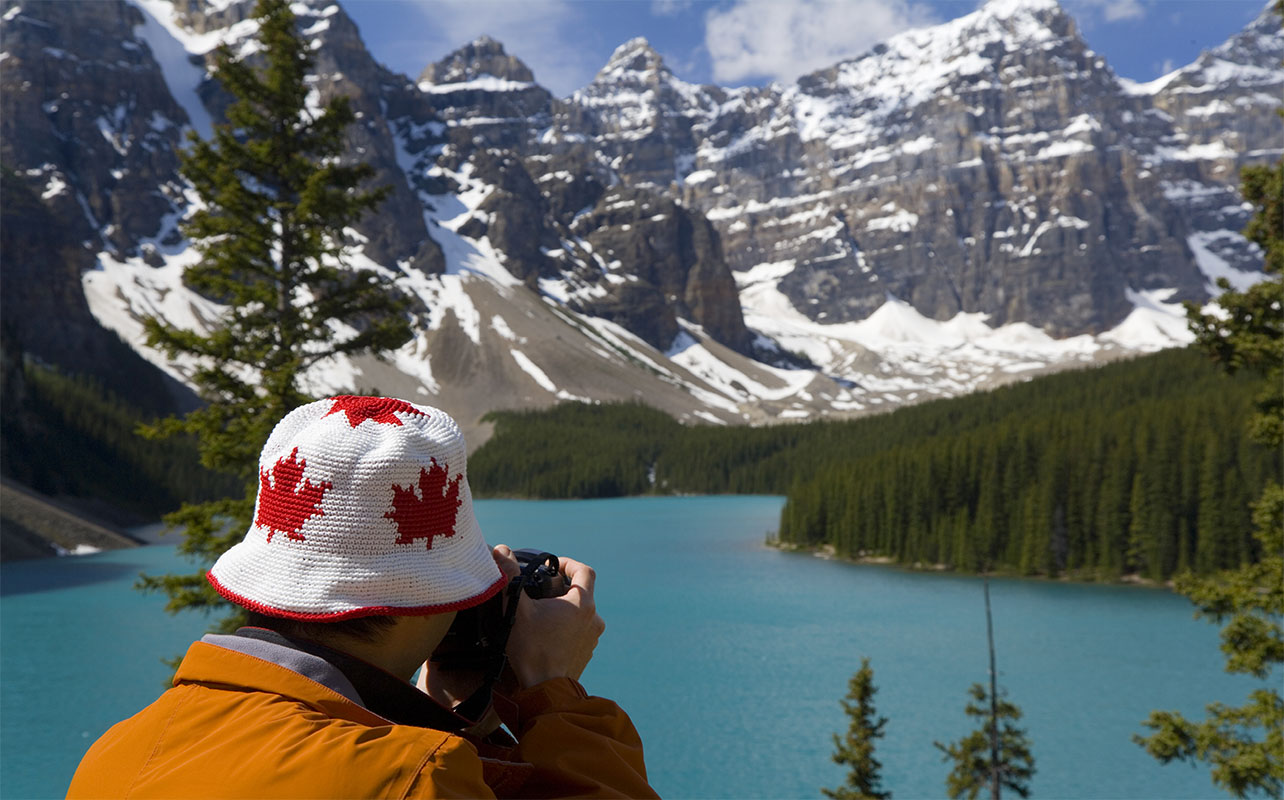
Travelling opens your eyes—and your camera roll—to some of life’s most beautiful moments. Whether you’re hiking the Canadian Rockies, backpacking through Southeast Asia, or strolling the streets of Paris, having the right camera for travel can make the difference between a forgettable snapshot and a frame-worthy memory. But with so many different types of cameras available, how do you choose the right one for your journey?
From compact point-and-shoots to powerful mirrorless systems, there’s a camera for every type of traveller. In this guide, we’ll help you figure out which camera for travel is right for you and what features actually matter when you’re on the go.
Questions to ask yourself before buying a travel camera
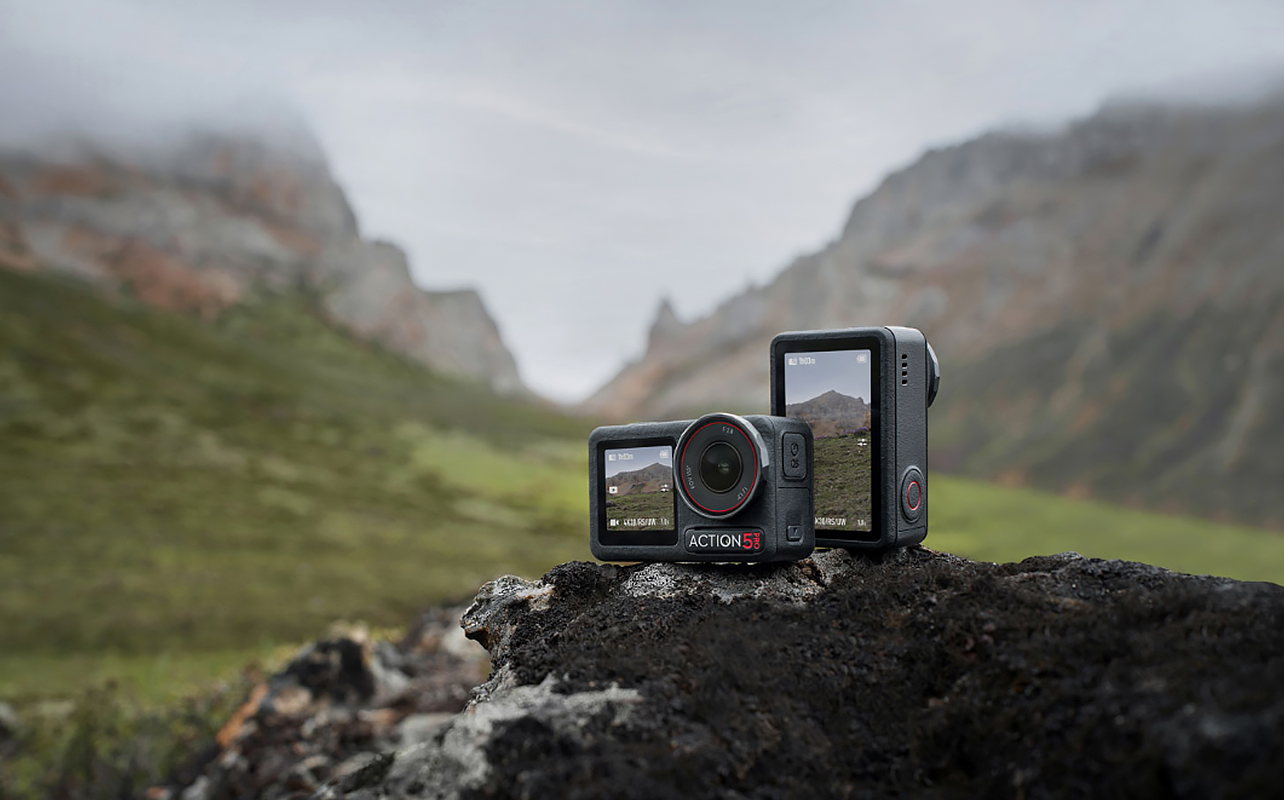
Your camera choice can make or break those picture-perfect moments. Asking the right questions upfront helps ensure you’ll get a good camera for travel that fits your needs.
What kind of photos or videos do you want to capture?
Are you snapping scenic landscapes, bustling markets, or underwater coral reefs? For video creators or vloggers, look for a camera with 4K capability, a flip screen, and a microphone input for better audio. Wildlife or street photographers should prioritize fast autofocus and zoom capabilities—ideally a lens with 24mm–200mm range or more. Macro photographers will want cameras or lenses that can focus closely, while adventure seekers might need waterproof features.
Will you be travelling light or checking luggage?
If you’re traveling light or living out of a carry-on, portability is key. A bulky DSLR might not be the best fit. Instead, consider a mirrorless camera or a compact point-and-shoot—both offer great image quality in a smaller, more travel-friendly package. And for true minimalists, today’s smartphones are more than capable of capturing stunning shots without adding any bulk to your bag.
What’s your photography experience level?
If you’re a beginner, you might want a camera that’s easy to use with auto modes, intuitive touchscreen menus, and guided features. Many point-and-shoot and entry-level mirrorless cameras offer these features. For more experienced photographers, greater control is often key—look for manual settings, support for interchangeable lenses, RAW shooting capabilities, dual card slots, and high dynamic range for more editing flexibility.
What’s your budget?
A good camera for travel doesn’t need to cost thousands—there are excellent options at nearly every price point. Under $500 might get you a quality compact camera. Around $1,000 opens the door to mid-range mirrorless systems with interchangeable lenses. Set a realistic budget, and look for the best balance of image quality, durability, battery life, and usability within that range.
Key factors to consider when choosing a travel camera
Your travel camera should match your lifestyle, your luggage space, and your ambitions behind the lens. These key factors help you sort through the specs and focus on what truly matters for your journey.
Portability and size
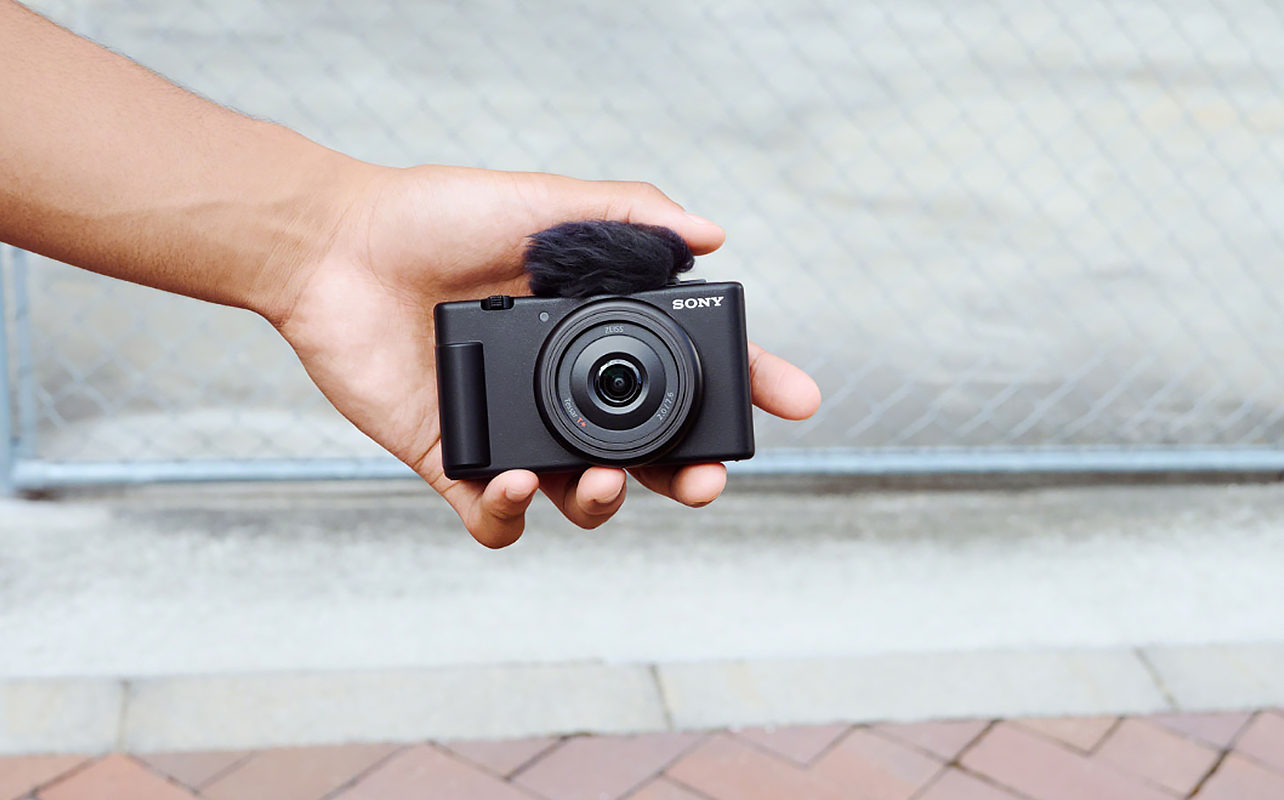
When you’re traveling with a camera, every gram counts. Compact and lightweight cameras are easier to carry during long days of exploring. Point-and-shoots can weigh under 300 grams and fit in your pocket, while many mirrorless cameras with a standard kit lens stay under 1kg. DSLRs often weigh over 1.5kg with a lens attached—ideal for quality, but not ideal for minimalist travellers. Mirrorless cameras offer a sweet spot between size and performance, while action cams are featherlight and rugged.
Image quality
Sensor size plays a big role in image quality. Larger sensors, like APS-C or full-frame, capture more light: this means better low-light performance, richer colours, and sharper details. Balancing quality with portability, APS-C sensors are common in mid-range mirrorless and DSLR cameras. Full-frame sensors are typically found in pro-level gear and excel in dynamic range and detail, especially for night shots or editing.
Megapixels matter, but only up to a point. A 20MP–24MP camera will give you great quality for sharing online or making prints. Higher megapixels (40MP+) are useful for cropping or large-scale printing but can result in larger file sizes. When choosing a camera for travel, go for one with a solid sensor and moderate megapixel count. Somewhere between 20MP–30MP is often ideal.
Versatility
A versatile camera will have a good zoom range or support for interchangeable lenses. A zoom range of 24mm–200mm, for example, lets you capture wide-angle landscapes and distant subjects like wildlife or architecture without switching lenses. Interchangeable lens systems—like those on mirrorless or DSLR cameras—let you swap between ultra-wide, portrait, macro, or telephoto lenses depending on the scenario. Travel photographers who shoot everything from street life to sweeping vistas will love its flexibility.
Durability
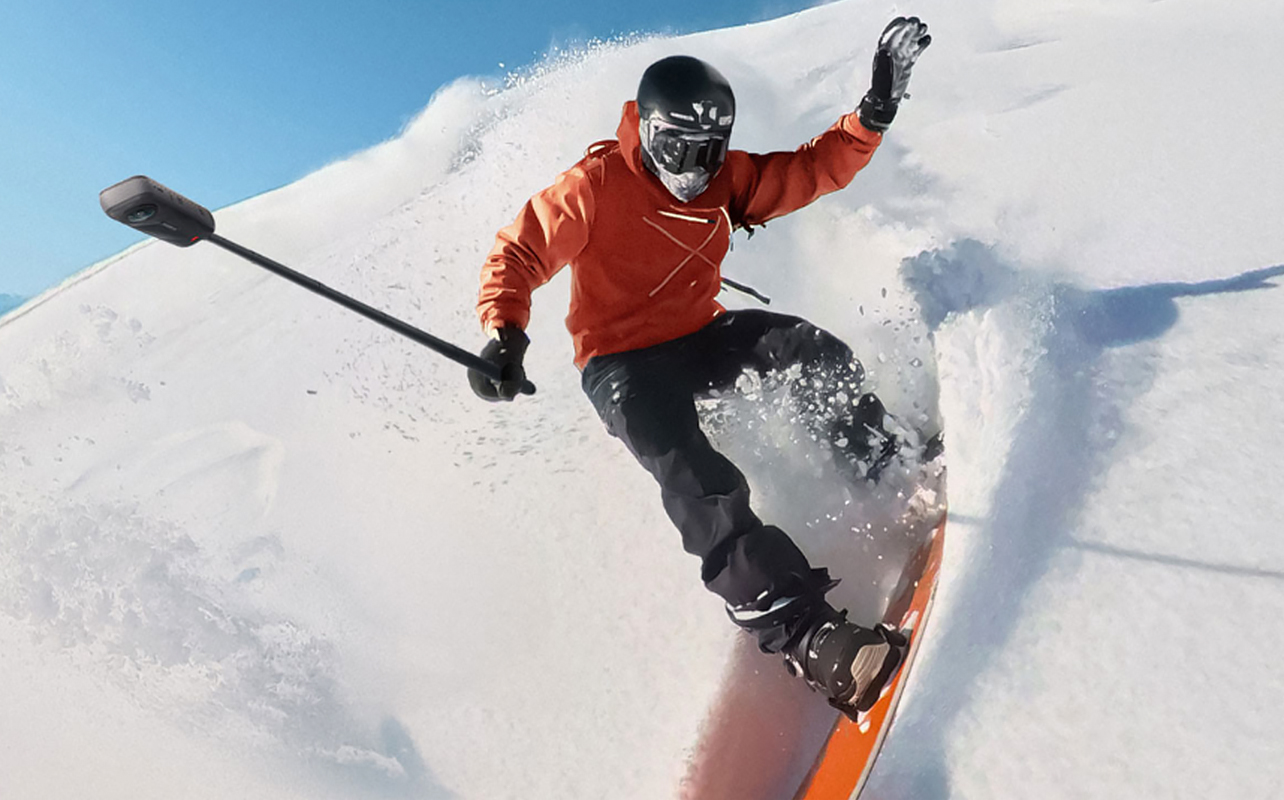
Trekking through Patagonia? Or surfing in Tofino? Your camera needs to handle the elements. Look for weather-sealing, dust resistance, and solid build quality. Rugged gear is essential for adventure travel, but even urban explorers might face rain, dust, or bumps in transit. Many mid-range cameras offer partial sealing that’s more than enough for everyday use in cities and moderate outdoor conditions.
Battery life
Nothing’s worse than your camera dying mid-adventure. Look for models that offer 300–500+ shots per charge or more. Mirrorless cameras tend to use more battery than DSLRs, but many now support USB-C charging on the go—perfect for topping up with a power bank. Action cams and compact cameras may have smaller batteries, so it’s wise to carry extras.
Connectivity
Sharing your travel shots instantly is part of the fun. Cameras with Wi-Fi, Bluetooth, or USB-C make it easy to transfer photos to your phone or laptop. Some apps even let you control the camera remotely—great for selfies or tricky angles.
Budget
Spending more can get you better build quality, sensor performance, and lens options. But there are amazing travel-ready cameras across all budgets. Know your must-haves and be willing to compromise on extras that don’t impact your travel goals. Often, a good camera for travel is one that balances price with portability, performance, and fun.
Types of cameras suitable for travel
From smartphones to DSLRs, there’s a wide range of camera types to suit every kind of traveller. Here’s a breakdown of what you can expect, and which ones might be the best fit for your next trip.
Smartphone cameras
Smartphones are always with you and easy to use. Many newer models have excellent cameras with AI-assisted modes, night settings, and even multiple lenses. Use them for everyday photowalks, quick videos, and sharing on the go. But they have limited optical zoom and don’t perform as well in low light or fast-moving scenes.
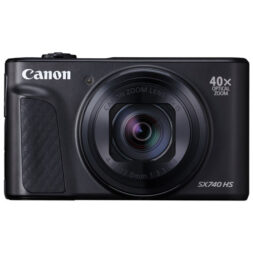
Compact point-and-shoot cameras
Point and shoot cameras great for casual shooters who want better quality than a phone without the complexity of manual settings. They’re light, easy to carry, and usually have decent zoom. Though limited in terms of manual controls and lens choices, they’re excellent for travellers who want simplicity.
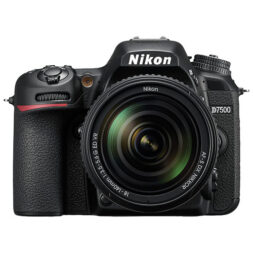
DSLR cameras
The classic choice for serious photographers, DSLR cameras offer exceptional image quality, fast autofocus, and access to a wide range of lenses. They’re bulkier and often heavier, which makes them less convenient for light travel. But if you’re willing to manage the gear, they’re fantastic for full control and high-end results.
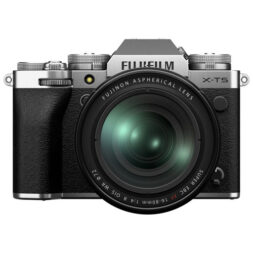
Mirrorless cameras
Mirrorless cameras are a lightweight alternative to DSLRs with comparable image quality. Many now include 4K video, in-body stabilisation, and high-resolution sensors. They’re ideal for hobbyists, vloggers, and even pros who want a smaller kit. Transitioning from DSLRs, many pro photographers now use them as their main system thanks to new innovations.
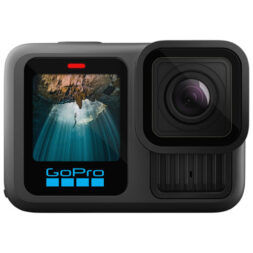
Action cameras
Waterproof, shockproof, and built for action, these rugged little cameras are perfect for snorkelling in Belize, biking through Whistler, or snowboarding in Banff. Action cameras shoot wide-angle video, often in 4K, and are super easy to mount. Drawbacks? Limited zoom and photo control.
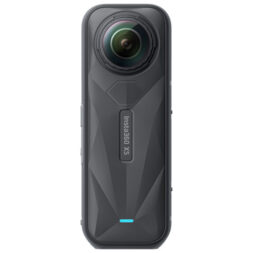
360-degree cameras
Want immersive content? Consider 360-degree cameras like those from Insta360. Think virtual tours, panoramic videos, or unique travel storytelling. These are best used in scenarios where you want to capture everything around you, like festivals, hiking trails, or busy city squares. Just be prepared to spend time editing and processing the footage afterward.
Essential accessories for travel photography
Even the best travel camera needs a little support. Here are the essentials to pack:
- Spare batteries and memory cards: Travel days can be long, and outlets aren’t always nearby. Having extra camera batteries and chargers and memory cards means you’re always ready to shoot.
- Lightweight travel tripod or handheld grip: Looking to capture stunning light trails? Bring a camera tripod for spectacular night photography and time-lapses. Handheld grips and stabilizers let you take selfies and record yourself. Go for something compact and foldable.
- Protective travel cases and lens cloths: Dust, rain, and bumpy rides are part of the journey. Carry your gear around with protective camera bags and cases. It’s important to keep your gear safe and your lenses clean.
- Portable chargers or solar battery packs Especially useful in remote areas, look for a power bank with enough juice to charge your camera and phone.
- Camera straps, clips, or holsters: Comfort counts. Choose something that lets you access your camera quickly while staying secure.
Travel photography tips for better results
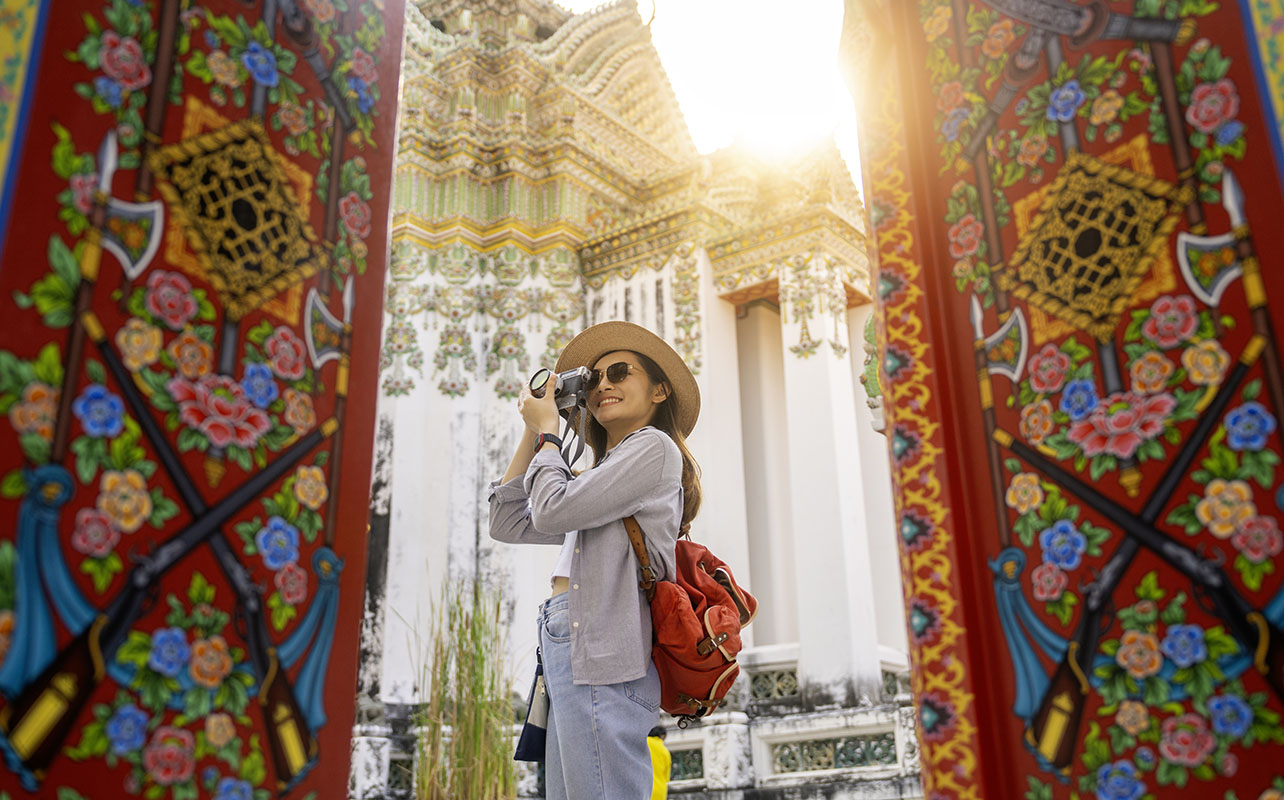
You don’t need to be a pro to take amazing travel photos. A few smart habits go a long way:
1. Plan for lighting conditions
Lighting is everything in photography. Shoot during golden hour (shortly after sunrise or before sunset) for soft, flattering light. Harsh midday sun can blow out your highlights, while low-light conditions may require a tripod or camera with strong ISO performance. Always observe your environment and adapt.
2. Composition basics
Using the rule of thirds helps create balanced and visually pleasing shots. Leading lines—like roads, fences, or rivers—guide the viewer’s eye through the image. Playing with depth of field (sharp subject, blurred background) adds dimension and focus to your photos.
3. Capture local life
Travel photography isn’t just about landmarks—it’s about stories. Street scenes, candid moments, and portraits add emotion and context to your travel album.
4. Protecting and backing up your images
Travelling means your camera and photos are constantly at risk. Back up your images daily if possible—use a portable SSD, dual card slots, or cloud syncing. Accidents, theft, or weather can ruin a trip’s worth of photos, so frequent backups offer peace of mind.
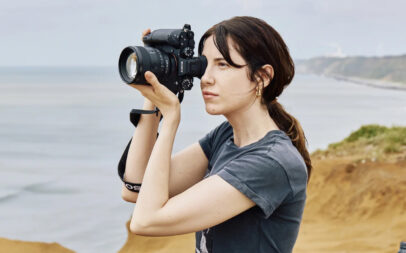
Get more photography tips
If your shots often turn out blurry, overexposed, or awkwardly framed, this guide is here to help. We’ll break down essential photography tips—like composition, lighting, camera settings, and gear—so you can start taking better photos right away.
Find the camera that fits your journey at Best Buy Canada
Travel photography is a fun and creative way to relive your experiences and share them with others. Whether you’re framing that awesome mountain reflection or a colourful street scene, travel photography is an art form that turns moments into lifelong memories. Choosing the best travel camera comes down to knowing what matters most for your adventure. Whether you’re looking for ultimate portability, pro-level quality, or something in between, there’s a camera suitable for travel out there waiting for you.
Visit Best Buy Canada online to browse a wide range of cameras and camera accessories for every budget and adventure. Your perfect shot starts with the right gear.
This article was drafted using AI technology and then reviewed, fact-checked, and revised by a member of our editorial team.





